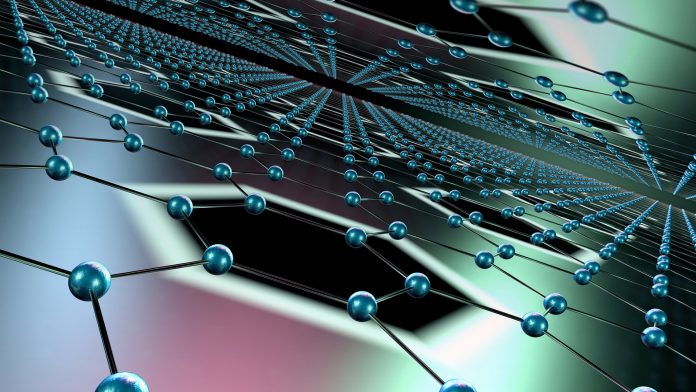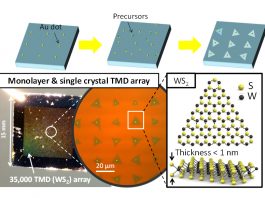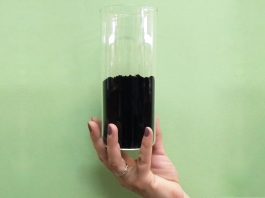By introducing various defects, a team of Russian researchers can change the electrochemical characteristics of graphene.
A team of researchers at the Moscow Institute of Physics and Technology, Skoltech, and the Russian Academy of Sciences Joint Institute for High Temperatures have been researching how defected graphene can affect electron transfer at the graphene-solution interface.
After testing the defected graphene, researchers found that these defects can increase its charge transfer rate. By varying the type of defect, it is possible to selectively catalyse the electron transfer to a certain class of reagents in solution. This can be very useful for creating efficient electrochemical sensors and electrocatalysts.
The electrochemical characteristics of graphene
Often used in electrochemistry, scientists have recently based new electrodes on carbon. This new electrode is made of graphene and has great potential for facilitating innovation in biosensors, photovoltaics, and electrochemical cells. For example, chemically modified graphene can be used as a cheap and effective analogue of platinum or iridium catalysts in fuel cells and metal-air batteries.
The chemical structure and electronic properties have a significant impact on the kinetics of redox processes. The electrochemical characteristics of graphene have been exploited in recent experiments showing the possibility of accelerating the transfer at structural defects, such as vacancies, graphene edges, impurity heteroatoms, and oxygen-containing functional groups.
Kinetics of electron transfer on the surface of graphene
New findings published in Electrochimica Acta, presents a theoretical study of the kinetics of electron transfer on the surface of graphene with various defects: single and double vacancies, the Stone-Wales defect, nitrogen impurities, epoxy and hydroxyl groups. All these changes significantly affected the materials transfer rate.
The most pronounced effect was associated with a single vacancy. Researchers predicted the transfer rate to grow by an order of magnitude relative to defect-free graphene. This increase should only be observed for redox processes with a standard potential of 0.2 volts to 0.3 volts, relative to the standard hydrogen electrode. Due to the low quantum capacitance of the graphene sheet, the electron transfer kinetics can be controlled by changing the capacitance of the bilayer.









